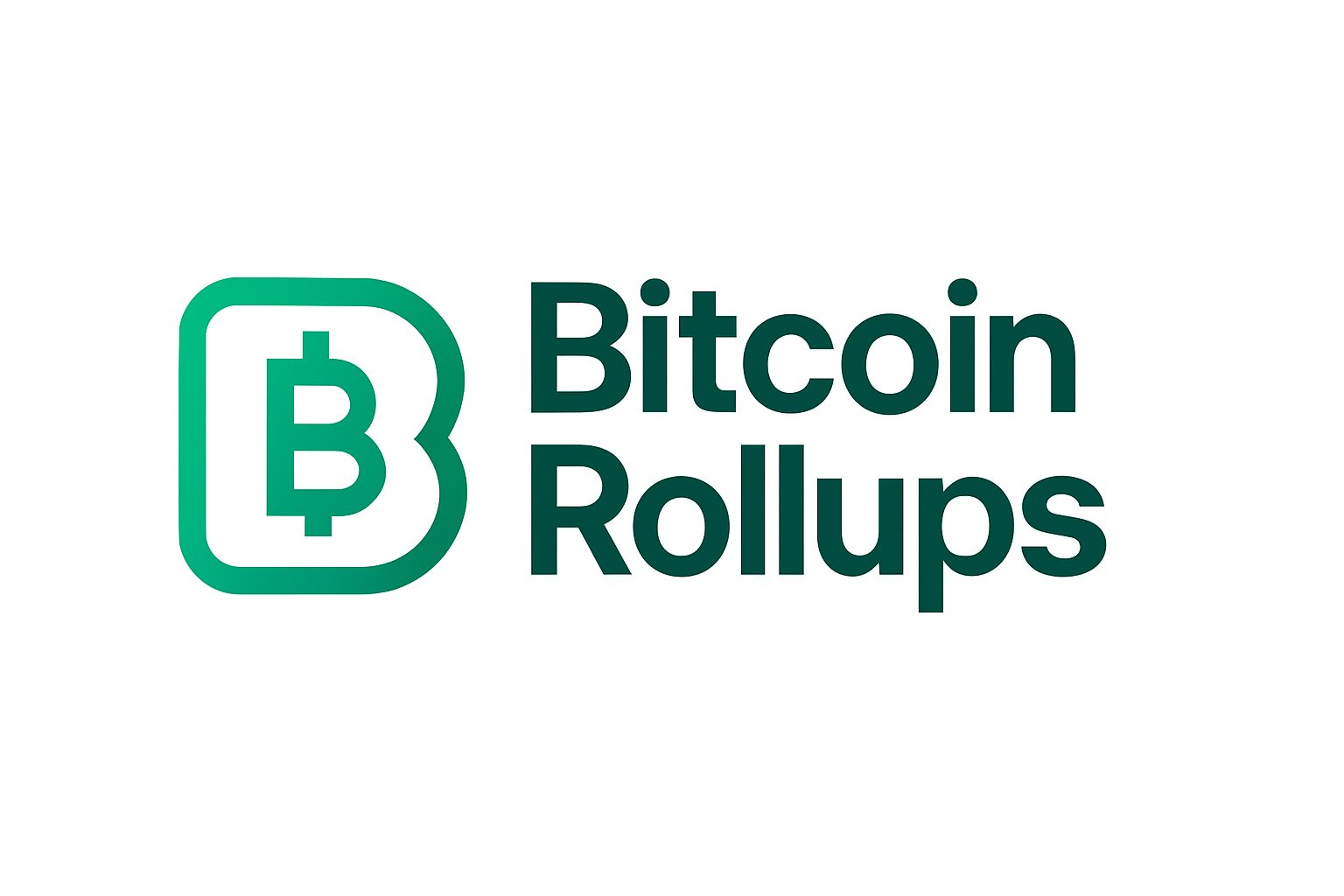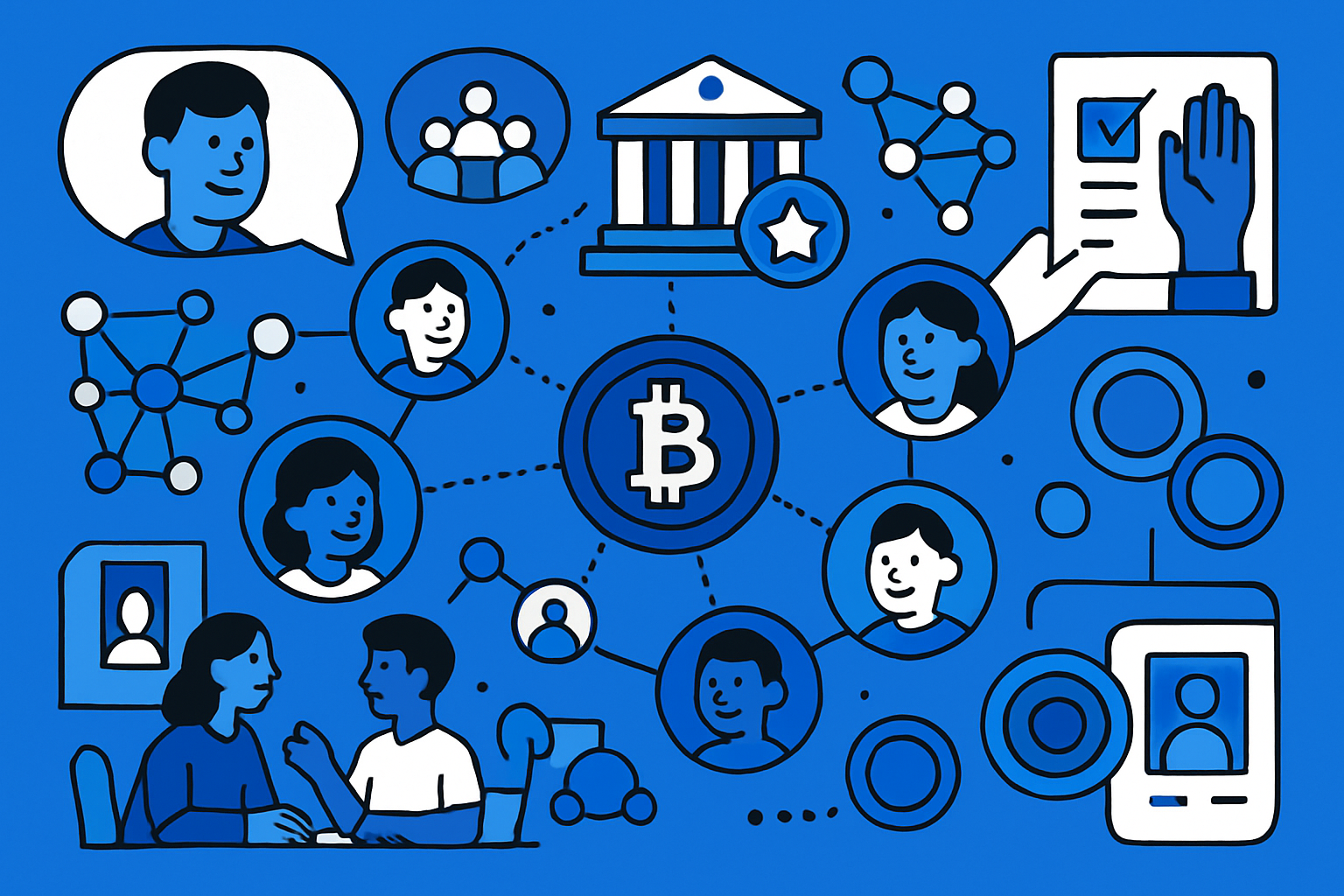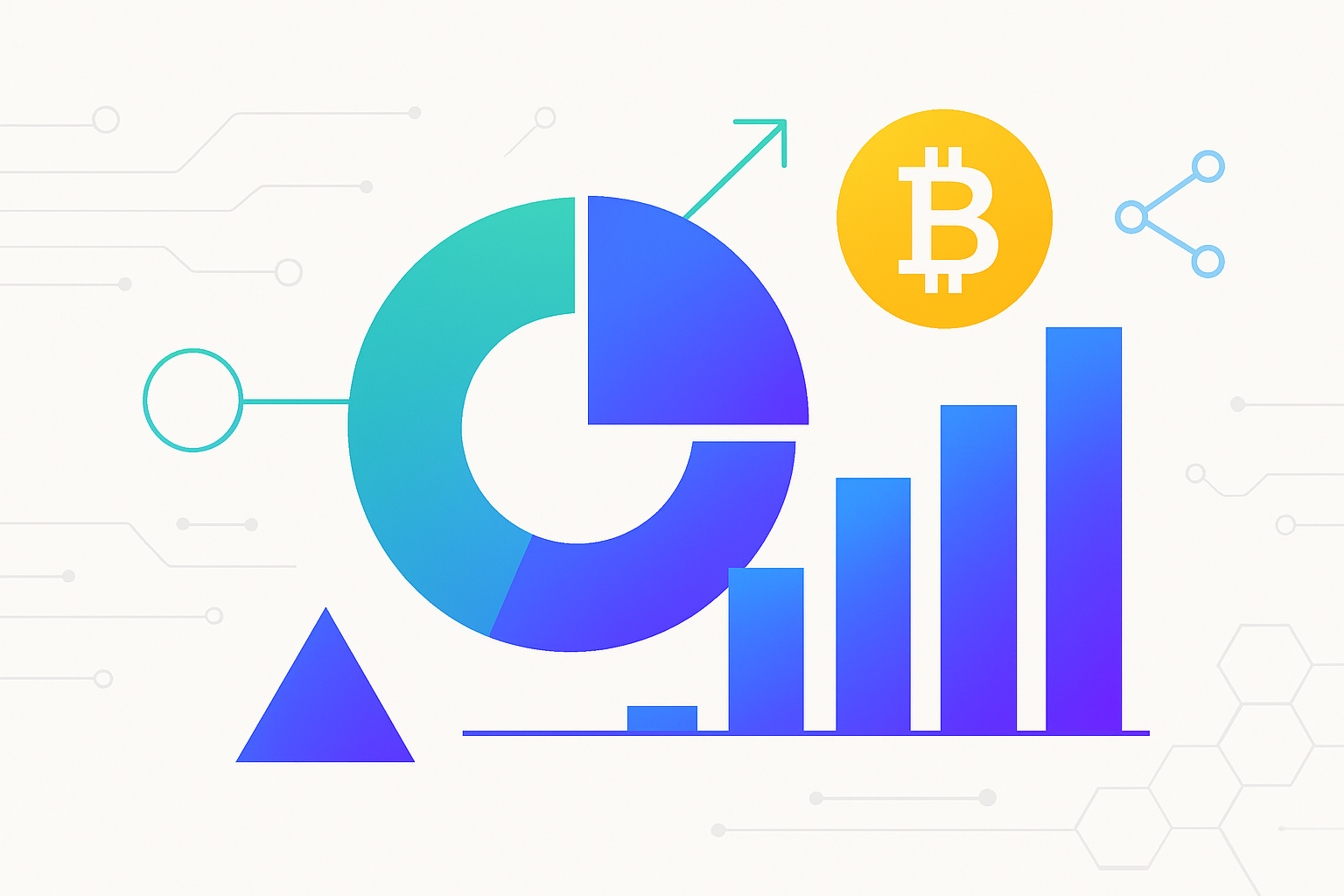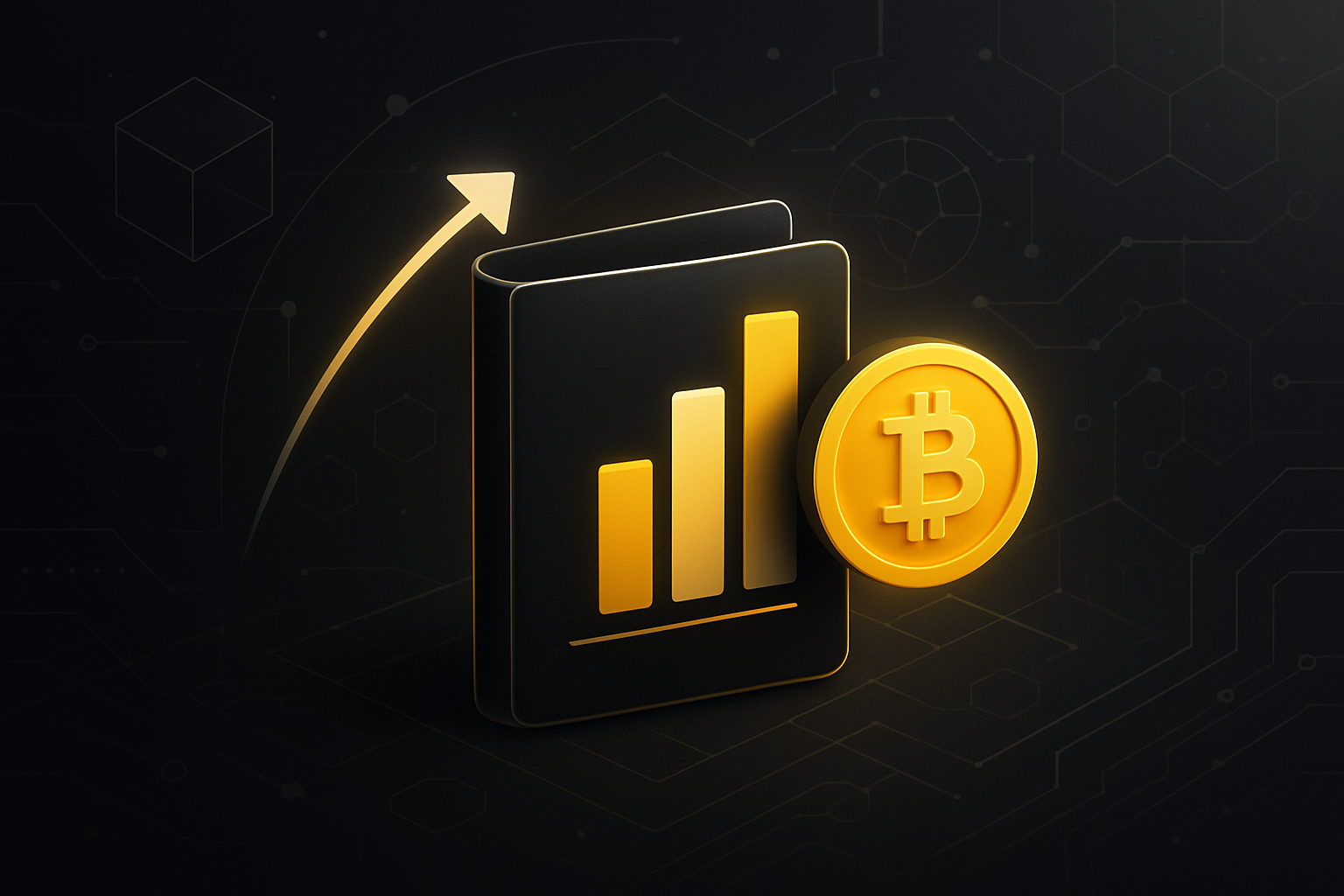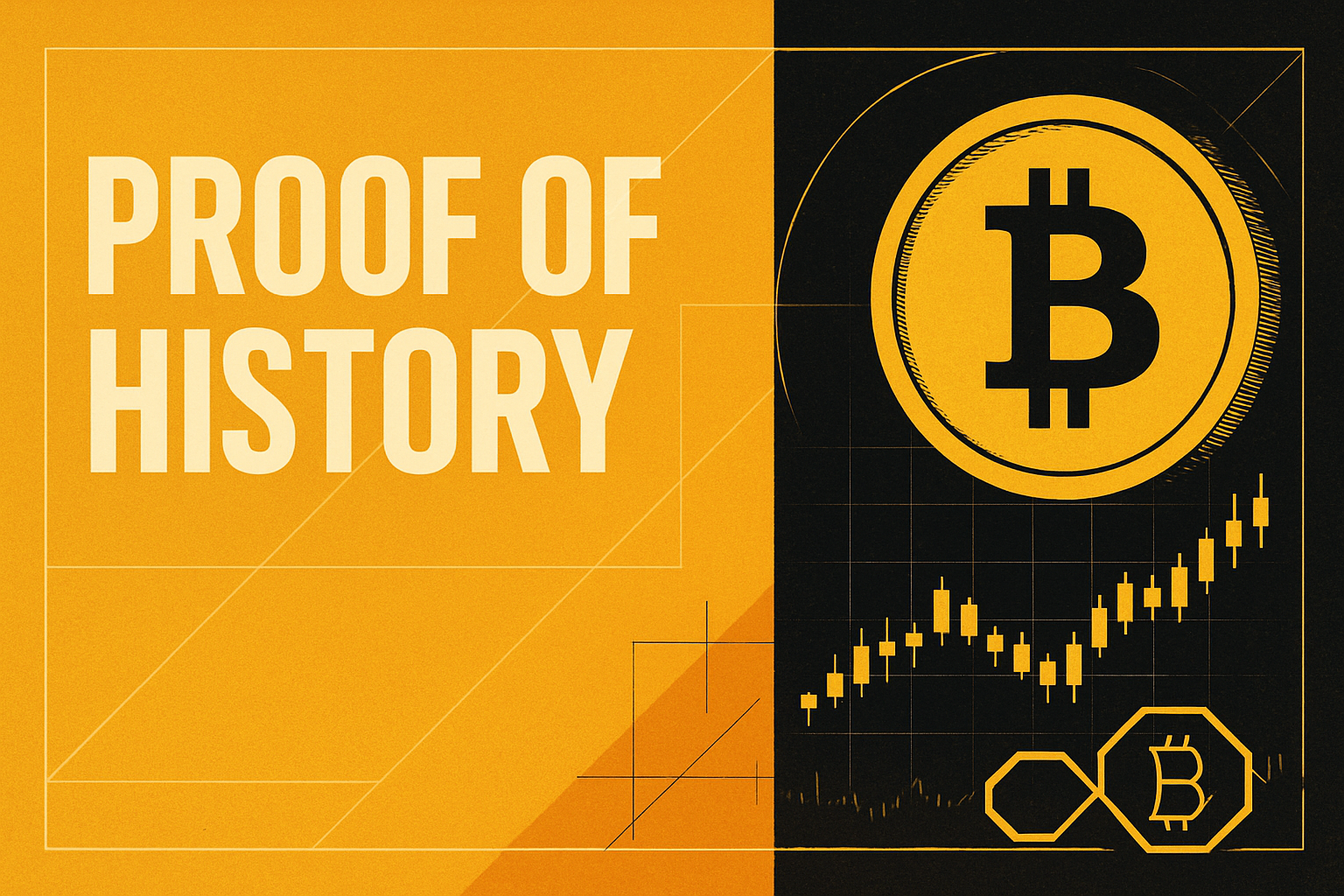
Bitcoin’s journey from digital gold to a programmable, interoperable asset is hitting escape velocity in 2025. At a time when Bitcoin trades at $94,991.00, the network is witnessing a seismic shift in how value moves, not just within Bitcoin, but across the entire crypto ecosystem. The secret sauce? A potent blend of Channel Factories and BitScaler, two innovations that are rewriting the rulebook for trustless cross-chain swaps and scalable Bitcoin DeFi.
Channel Factories: The Engine Room of Bitcoin Scaling in 2025
If you’ve been following Bitcoin’s scaling journey, you know that Lightning Channels were a game-changer, but they still required an on-chain transaction to open every new channel. Enter Channel Factories: a next-gen Layer 2 solution enabling multiple users to open and close payment channels among themselves with just one on-chain transaction. This isn’t just about saving fees (though the savings are massive): it’s about unleashing throughput and making Bitcoin ready for prime-time DeFi.
By aggregating thousands of off-chain transactions into a single on-chain action, Channel Factories dramatically cut down network congestion. In practice, this means more swaps, more payments, and more composability, all without bloating the base layer. If you’re curious about the nitty-gritty mechanics or want to see real-world examples, check out our deep dive at How BitScaler Channel Factories Enable Non-Custodial Cross-Chain Bitcoin Swaps.
BitScaler: Taking Channel Factories to Layer 3 and Beyond
The real breakthrough in 2025 is BitScaler, Portal to Bitcoin’s brainchild that supercharges Channel Factory architecture with multi-party support and advanced Taproot scripting. With BitScaler, you can spin up thousands of peer-to-peer channels from a single on-chain event. It’s like compressing an entire decentralized exchange into one atomic blockspace footprint.
This isn’t theoretical: Portal’s implementation has already processed over 14 million swaps on its testnet before mainnet even went live. The result? Near-zero fees for users, instant settlement finality, and no reliance on bridges or wrapped tokens, just pure native-to-native atomic swaps between Bitcoin and chains like Ethereum or Solana.
No More Bridges: How Cross-Chain Swaps Became Trustless (and Cheap)
The old way of moving assets across chains was riddled with risks, custodial bridges got hacked or rug-pulled all too often. BitScaler flips this model by making cross-chain swaps non-custodial by default. Using advanced zero-knowledge proofs plus Taproot-enabled scripts, users can execute atomic swaps between BTC and other assets without ever surrendering custody or relying on third-party validators.
This is huge for security-minded users and institutions alike: your keys never leave your wallet, yet you can trade across ecosystems as if everything was native. In fact, these advances have led many analysts to call BitScaler “the Holy Grail” of Bitcoin scaling, and it’s hard not to agree when you see it in action.
Bitcoin (BTC) Price Prediction 2026-2031 Post-BitScaler Adoption
Professional outlook based on Channel Factories & BitScaler transforming Bitcoin cross-chain swaps (2025 baseline: $94,991)
| Year | Minimum Price | Average Price | Maximum Price | Year-over-Year % Change (Avg) | Market Scenario Insights |
|---|---|---|---|---|---|
| 2026 | $72,000 | $102,000 | $135,000 | +7.4% | Potential post-rally correction but robust Layer 2/3 adoption supports price stability |
| 2027 | $84,000 | $122,000 | $170,000 | +19.6% | Mainnet maturation for BitScaler, cross-chain DeFi growth, and increased institutional inflows |
| 2028 | $100,000 | $140,000 | $205,000 | +14.8% | Wider enterprise adoption, regulatory clarity, and potential ETF approvals drive demand |
| 2029 | $116,000 | $160,000 | $250,000 | +14.3% | Global regulatory harmonization, new use cases in DeFi and tokenization emerge |
| 2030 | $132,000 | $182,000 | $305,000 | +13.7% | Bitcoin seen as strategic reserve asset; Layer 3 scaling enables mass-market use |
| 2031 | $150,000 | $210,000 | $370,000 | +15.4% | Widespread integration with cross-chain financial infrastructure and mainstream finance |
Price Prediction Summary
Bitcoin is projected to maintain a strong upward trajectory following the adoption of Channel Factories and BitScaler, with average prices rising from $102,000 in 2026 to $210,000 by 2031. While volatility and cyclical corrections are likely, the transformative impact of scalable, trustless cross-chain swaps and new institutional use cases support a bullish long-term outlook. Minimum and maximum ranges reflect both bearish and bullish scenarios, accounting for macroeconomic and regulatory uncertainties.
Key Factors Affecting Bitcoin Price
- Adoption and scaling of BitScaler and Channel Factories, driving transaction efficiency and cross-chain interoperability
- Continued institutional investment and mainstream acceptance of Bitcoin as a reserve asset
- Regulatory clarity and potential approval of Bitcoin-based financial products (e.g., ETFs)
- Competition from new Layer 1 and Layer 2 protocols or disruptive blockchain innovations
- Global macroeconomic environment, inflation, and monetary policy impacting demand for hard assets like Bitcoin
- Security and resilience of Layer 2/3 solutions, especially in light of quantum computing and evolving threats
Disclaimer: Cryptocurrency price predictions are speculative and based on current market analysis.
Actual prices may vary significantly due to market volatility, regulatory changes, and other factors.
Always do your own research before making investment decisions.
Want to see how these technologies compare side-by-side? Dive deeper into the mechanics at How Channel Factories and BitScaler Are Revolutionizing Bitcoin Cross-Chain Swaps Without Custody Risks.
What’s really electrifying is how BitScaler’s multi-party channel factories are not just theoretical upgrades but have become the backbone for a new breed of non-custodial Bitcoin DEXs. With real-world traction and testnet numbers that would make any DeFi founder jealous, BitScaler has proven it can handle scale, volume, and security, all at once. The days of waiting for slow confirmations or sweating over bridge exploits are fading in the rearview mirror.

This shift is also fundamentally changing the economics of cross-chain swaps. By consolidating thousands of off-chain transactions into a single on-chain settlement, BitScaler slashes fees to near zero. For users swapping between Bitcoin (at $94,991.00) and other major chains, this means more capital efficiency and less friction, two things that have always held back mainstream adoption of decentralized cross-chain trading.
Deeper Composability: Bitcoin DeFi Grows Up
The implications go far beyond just cheaper swaps. With these scalable channel factories, developers can now build complex DeFi primitives directly on Bitcoin without sacrificing decentralization or security. Think lending markets, derivatives, and liquidity pools that natively leverage BTC as collateral, no wrapping required. The interoperability layer provided by BitScaler is already inspiring a wave of new protocols aiming to make Bitcoin not just the world’s reserve asset but also its programmable financial backbone.
Institutional adoption is following suit. As regulatory clarity around cross-chain swaps improves and custodial risks evaporate, larger players are entering the market with confidence. The ability to execute atomic swaps across ecosystems like Ethereum and Solana without counterparty risk is a game-changer for funds and DAOs managing large treasuries.
What’s Next? The Future of Bitcoin Rollups Technology
The momentum doesn’t stop here. As more projects plug into BitScaler’s open framework, expect to see even greater advances in privacy (thanks to zero-knowledge proofs), post-quantum security (already being piloted in Portal Wallet), and composable rollup architectures that layer on top of Bitcoin’s base layer. These innovations are setting the stage for a new era where Bitcoin rollups technology isn’t just about scaling, it’s about enabling entirely new financial use cases previously thought impossible on BTC.
If you’re hungry for technical deep dives or want to compare implementation strategies across leading projects, don’t miss our feature at How BitScaler Enables Trustless Cross-Chain Liquidity for Bitcoin Without Bridges or Wrapped Tokens.
The bottom line? 2025 marks the year when Bitcoin channel factories and BitScaler cross-chain swaps moved from buzzwords to core infrastructure, making trustless interoperability at almost $95K BTC not just possible but practical for everyone from retail traders to institutions.
